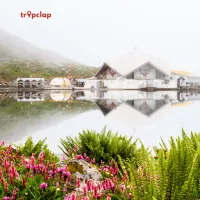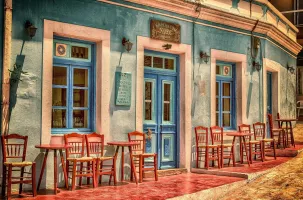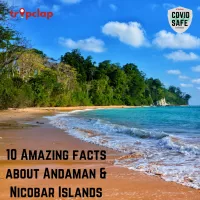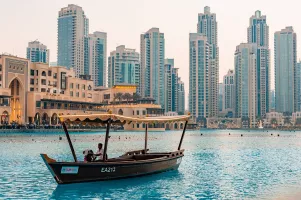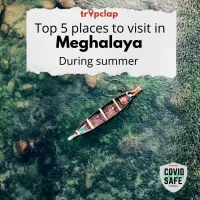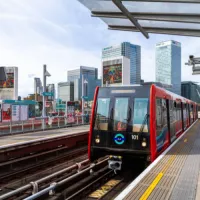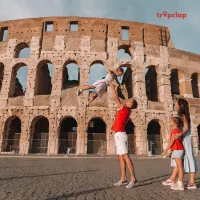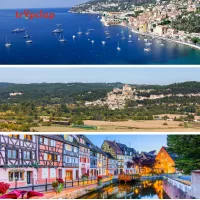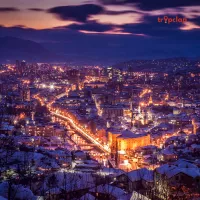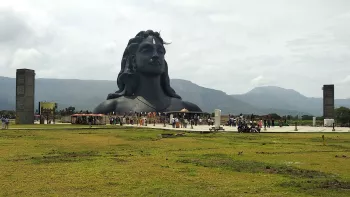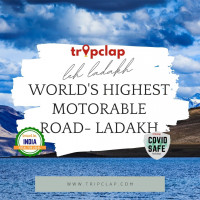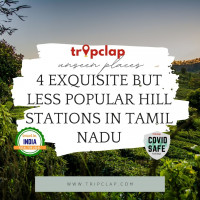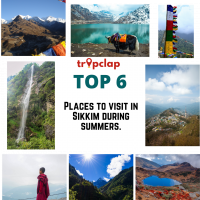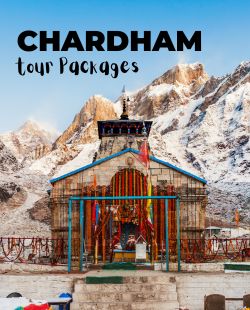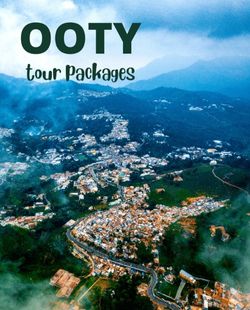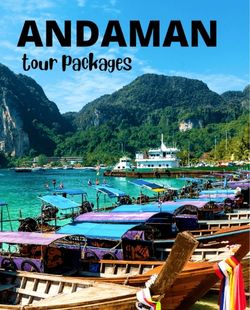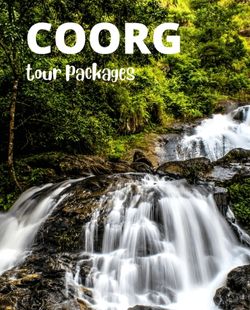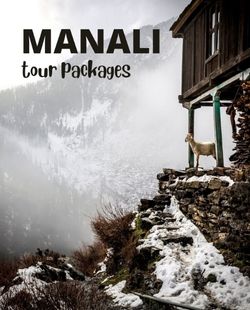A detail guide about valley of flowers national park, valley of flowers trek and best time to visit.
The Valley of Flowers National Park is a beautiful alpine valley located in the Chamoli district of Uttarakhand, India. It is a part of the Nanda Devi - Tripclap
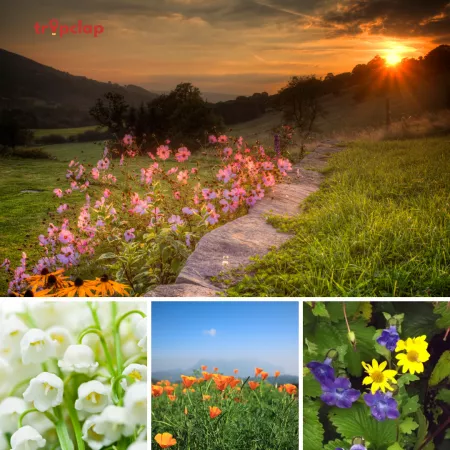
The Valley of Flowers National Park is a beautiful alpine valley located in the Chamoli district of Uttarakhand, India. It is a part of the Nanda Devi Biosphere Reserve and is known for its stunning landscapes, colorful flowers, and diverse flora and fauna.
The valley is spread over an area of about 87.50 sq km and is located at an altitude of 3,658 meters above sea level. The valley is home to over 500 species of plants and flowers, including the Himalayan blue poppy, Himalayan bellflower, Himalayan cobra lily, and Himalayan primrose, among others. The valley is also home to several species of birds, including the Himalayan monal, Himalayan griffon, and Himalayan snowcock.
The Valley of Flowers National Park is open to visitors from June to October and is accessible by a trek from the town of Govindghat. The trek to the valley is about 17 km long and takes about 6-8 hours to complete. The trek is moderate to difficult and requires a good level of physical fitness.
The Valley of Flowers National Park is a UNESCO World Heritage Site and is a popular destination for nature lovers, trekkers, and photographers. It is a must-visit destination for those who want to experience the beauty of the Himalayas and witness the breathtaking natural beauty of the valley.
The Valley of Flowers has been a popular destination for nature lovers, trekkers, and botanists for many years. Visitors to the valley can take a trek from Govindghat, which is around 20 kilometers away, and enjoy the scenic beauty of the mountains and the valley. The trek is not very difficult, and can be undertaken by people of all ages.
The Valley of Flowers is not only a place of natural beauty, but also has great religious significance. It is believed that the valley was the place where the Hindu sage Narada meditated and attained spiritual enlightenment. The valley is also associated with the Hindu goddess Nanda Devi, after whom the national park is named.
Overall, the Valley of Flowers is a must-visit destination for anyone who loves nature and wants to experience its beauty in all its glory.
Per Person
15,680
*EXCLUDING APPLICABLE TAXES Per Person
17,519
*EXCLUDING APPLICABLE TAXES Per Person
11,000
*EXCLUDING APPLICABLE TAXES 5.0 Ratings
( 157 Reviews )
( 157 Reviews )
Per Person
11,000
*EXCLUDING APPLICABLE TAXES 4.1 Ratings
( 56 Reviews )
( 56 Reviews )
Total
35,000
*EXCLUDING APPLICABLE TAXES Per Person
16,230
*EXCLUDING APPLICABLE TAXES Per Person
11,000
*EXCLUDING APPLICABLE TAXES 4.1 Ratings
( 56 Reviews )
( 56 Reviews )
Per Person
13,000
*EXCLUDING APPLICABLE TAXES 4.9 Ratings
( 200 Reviews )
( 200 Reviews )
Per Person
17,377
*EXCLUDING APPLICABLE TAXES 4.9 Ratings
( 200 Reviews )
( 200 Reviews )
Per Person
20,340
*EXCLUDING APPLICABLE TAXES About the The Valley of Flowers trek
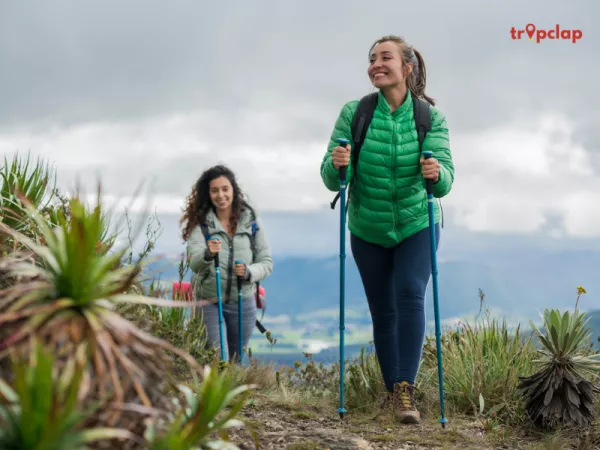 View Gallery - 6
View Gallery - 6 The legendary trek of The Valley of Flowers trek is one of the sought after trekking routes in the Indian state of Uttarakhand, which takes trekkers through the picturesque Valley of Flowers. The trek is usually undertaken during the monsoon season, which is from June to September, when the valley is in full bloom.
The trek starts from the town of Govindghat, which is located at an altitude of around 1,800 meters above sea level. From Govindghat, trekkers have to follow a 16-kilometer trail that takes them through dense forests and along the banks of the river Pushpavati, before reaching the village of Ghangaria. Ghangaria is located at an altitude of around 3,000 meters, and serves as a base camp for trekkers who wish to explore the Valley of Flowers and the nearby Hemkund Sahib.
From Ghangaria, trekkers have to undertake a 6-kilometer trek to reach the Valley of Flowers. The trek is not very difficult and can be undertaken by people of all ages, but it does involve some uphill climbing. Once inside the valley, trekkers can enjoy the sight of thousands of flowers and plants in full bloom, along with the stunning view of the surrounding mountains.
The Valley of Flowers trek is a great way to explore the natural beauty of Uttarakhand and is popular among nature lovers, photographers, and adventure enthusiasts. The trek is usually undertaken over a period of 4-5 days, and requires a moderate level of fitness. Trekkers are advised to carry sufficient food, water, and warm clothing, as the weather can be unpredictable in the mountains.
The Valley of Flowers trek is an unforgettable experience that allows trekkers to immerse themselves in the natural beauty of the region and experience the magic of the monsoon season.
Suggested itinerary for the valley of flowers trek
Day 1: Reach Govindghat
Arrive in Govindghat and check into your hotel or guesthouse
Spend the rest of the day exploring the town and acclimatizing to the altitude.
Day 2: Trek from Govindghat to Ghangaria
Start early and trek 14 km from Govindghat to Ghangaria
The trail passes through beautiful forests and rivers
Reach Ghangaria by evening and check into your hotel or guesthouse.
Day 3: Trek to Valley of Flowers and back to Ghangaria
Start early and trek 4 km from Ghangaria to the entrance of the Valley of Flowers National Park
Spend the day exploring the valley and admiring the beautiful flowers and landscapes.
Return to Ghangaria by evening.
Start early and trek 4 km from Ghangaria to the entrance of the Valley of Flowers National Park
Spend the day exploring the valley and admiring the beautiful flowers and landscapes.
Return to Ghangaria by evening.
Day 4: Trek to Hemkund Sahib and back to Ghangaria
Start early and trek 6 km from Ghangaria to Hemkund Sahib, a holy Sikh shrine located at an altitude of 4,329 meters.
Spend some time at the shrine and enjoy the panoramic views of the surrounding mountains and glaciers.
Return to Ghangaria by evening.
Day 5: Trek from Ghangaria to Govindghat
Trek 14 km from Ghangaria to Govindghat
Reach Govindghat by afternoon and check into your hotel or guesthouse.
Spend the rest of the day exploring the town and relaxing.
Day 6: Departure
Depart from Govindghat and return to your respective destinations.
It is important to note that the itinerary can vary depending on the pace of the trek and weather conditions. It is recommended to hire a local guide or join a trekking group to ensure a safe and enjoyable trekking experience.
Places to visit in Uttarakhand
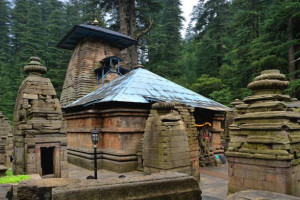
Almora
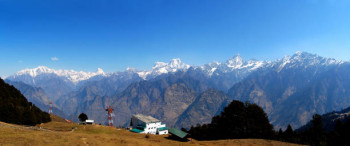
Auli
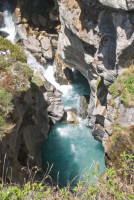
Badrinath
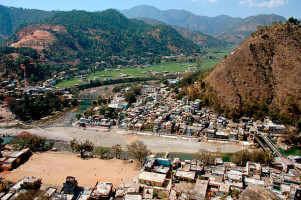
Bageshwar
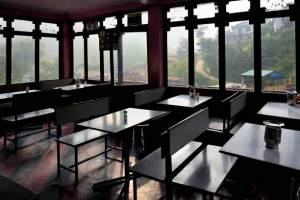
Bhowali
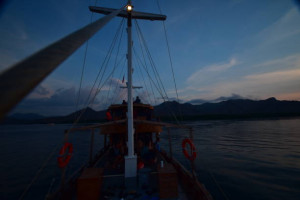
Binsar
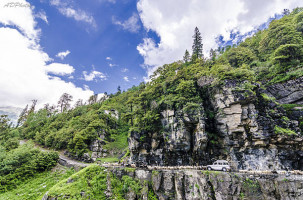
Chamba
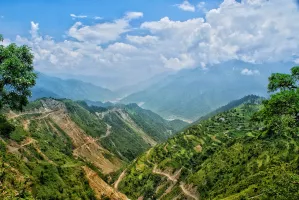
Chaukori
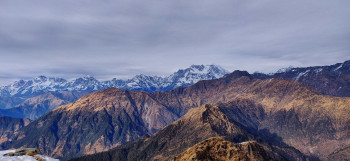
Chopta
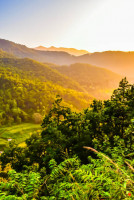
Dehradun
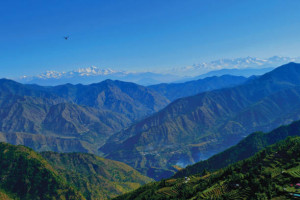
Dhanaulti
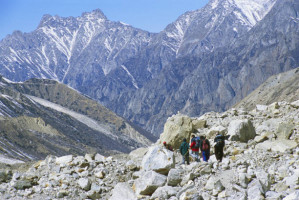
Gangotri
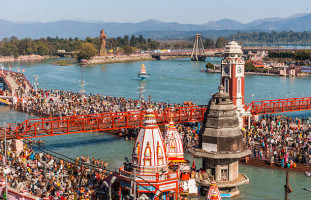
Haridwar
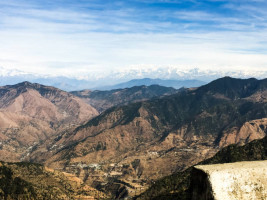
Kanatal
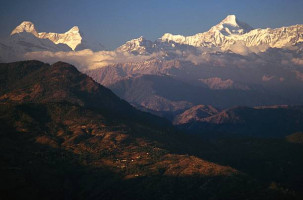
Kausani
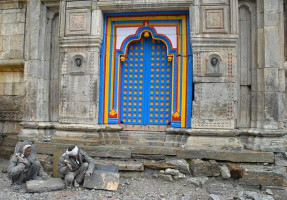
Kedarnath
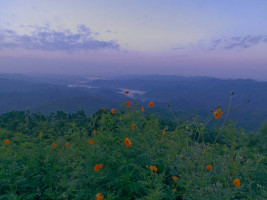
Lansdowne
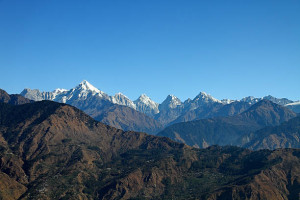
Munsiyari
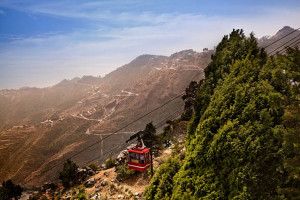
Mussoorie
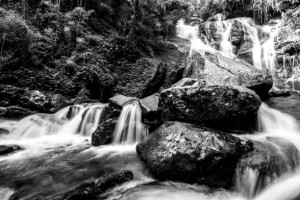
Pithoragarh
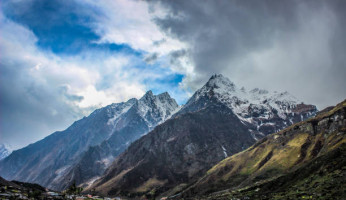
Ranikhet
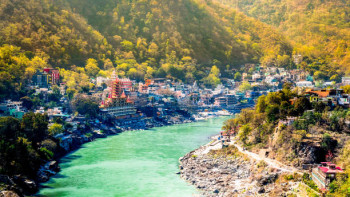
Rishikesh
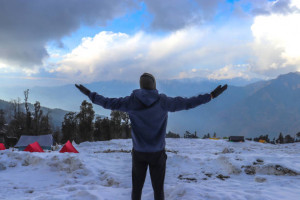
Uttarkashi

Yamunotri
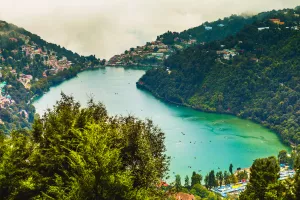
Nainital
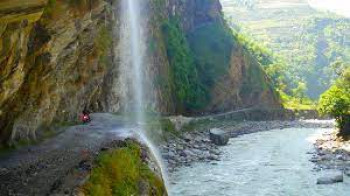
Dharchula
Joshimath
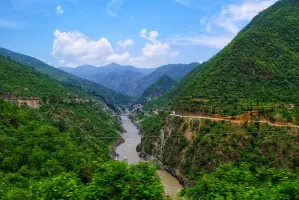
Sonprayag
Mukteshwar
Nainital
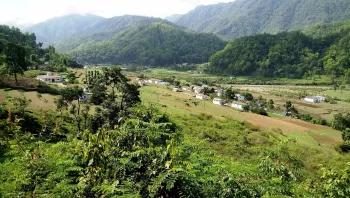
Ramnagar
Per Person
12,500
*EXCLUDING APPLICABLE TAXES 4.1 Ratings
( 56 Reviews )
( 56 Reviews )
Total
60,000
*EXCLUDING APPLICABLE TAXES 4.1 Ratings
( 56 Reviews )
( 56 Reviews )
Per Person
44,999
*EXCLUDING APPLICABLE TAXES 4.3 Ratings
( 218 Reviews )
( 218 Reviews )
Per Person
6,200
*EXCLUDING APPLICABLE TAXES Per Person
42,500
*EXCLUDING APPLICABLE TAXES 5.0 Ratings
( 4 Reviews )
( 4 Reviews )
Per Person
11,390
*EXCLUDING APPLICABLE TAXES 4.1 Ratings
( 56 Reviews )
( 56 Reviews )
Per Person
18,640
*EXCLUDING APPLICABLE TAXES 4.1 Ratings
( 56 Reviews )
( 56 Reviews )
Per Person
12,740
*EXCLUDING APPLICABLE TAXES 4.1 Ratings
( 56 Reviews )
( 56 Reviews )
Total
44,955
*EXCLUDING APPLICABLE TAXES Per Person
35,000
*EXCLUDING APPLICABLE TAXES 4.3 Ratings
( 218 Reviews )
( 218 Reviews )
Things to do in valley of flowers trek
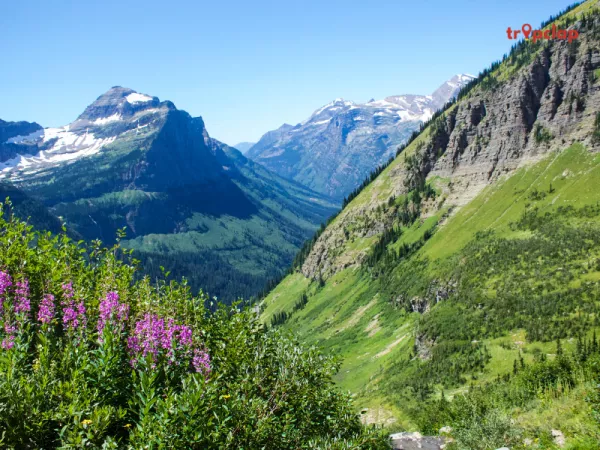 View Gallery - 6
View Gallery - 6 Here are some of the most popular activities that trekkers can undertake during their visit:
Enjoy the scenic beauty: The Valley of Flowers is known for its stunning natural beauty and breathtaking landscapes. As trekkers make their way through the valley, they can enjoy the sight of thousands of flowers and plants in full bloom, along with the majestic mountains that surround the valley.
Spot rare and endangered species: The Valley of Flowers is home to numerous rare and endangered species of plants and animals. Trekkers can spot Himalayan blue poppies, Himalayan bellflowers, Himalayan cobra lilies, Himalayan primroses, and Himalayan daisies, among others. They can also spot numerous species of butterflies, birds, and other wildlife.
Visit Hemkund Sahib: Hemkund Sahib is a Sikh shrine located near the Valley of Flowers. It is believed to be the place where Guru Gobind Singh, the tenth Sikh Guru, meditated and attained spiritual enlightenment. The shrine is located at an altitude of around 4,300 meters above sea level and requires a separate trek from Ghangaria.
Trek to nearby villages: Trekkers can also undertake short treks to nearby villages like Pulna, Bhyundar, and Tolma. These villages offer a glimpse into the lifestyle and culture of the local people, and trekkers can interact with the villagers and learn about their traditions and customs.
Photography: The Valley of Flowers is a photographer's paradise, with its stunning landscapes and colorful flowers. Trekkers can capture the beauty of the valley through their cameras and take back memories that will last a lifetime.
The Valley of Flowers trek offers an unforgettable experience that allows trekkers to immerse themselves in the natural beauty of the region and explore its rich cultural heritage.
Places to visit in Badrinath
Per Person
44,999
*EXCLUDING APPLICABLE TAXES 4.3 Ratings
( 218 Reviews )
( 218 Reviews )
Per Person
42,500
*EXCLUDING APPLICABLE TAXES 5.0 Ratings
( 4 Reviews )
( 4 Reviews )
Per Person
18,640
*EXCLUDING APPLICABLE TAXES 4.1 Ratings
( 56 Reviews )
( 56 Reviews )
Per Person
2,64,999
*EXCLUDING APPLICABLE TAXES 5.0 Ratings
( 9 Reviews )
( 9 Reviews )
Per Person
30,380
*EXCLUDING APPLICABLE TAXES 4.1 Ratings
( 56 Reviews )
( 56 Reviews )
Per Person
22,910
*EXCLUDING APPLICABLE TAXES 4.1 Ratings
( 56 Reviews )
( 56 Reviews )
Per Person
10,500
*EXCLUDING APPLICABLE TAXES 4.1 Ratings
( 56 Reviews )
( 56 Reviews )
Per Person
27,999
*EXCLUDING APPLICABLE TAXES 5.0 Ratings
( 9 Reviews )
( 9 Reviews )
Per Person
24,210
*EXCLUDING APPLICABLE TAXES 4.1 Ratings
( 56 Reviews )
( 56 Reviews )
Per Person
29,150
*EXCLUDING APPLICABLE TAXES 4.1 Ratings
( 56 Reviews )
( 56 Reviews )
Physical fitness for the trek
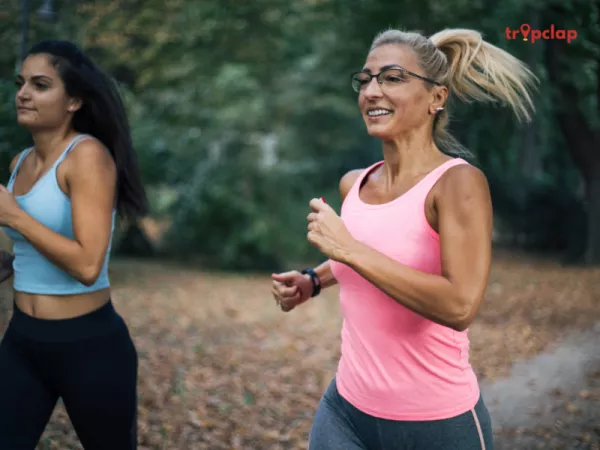 View Gallery - 6
View Gallery - 6 Why it is important to be physically fit for Valley of flowers trek?
It is important to be physically fit for the Valley of Flowers trek, located in the Indian state of Uttarakhand, for several reasons:
Endurance: The trek involves walking for several hours each day, often uphill. Building endurance through cardiovascular exercises will help you keep up with the demands of the trek and prevent fatigue.
Strength: Trekking in the Valley of Flowers requires strong leg muscles, especially when walking on uneven terrain. Building leg and core strength through strength training exercises will help you tackle the challenging terrain and prevent injuries.
Altitude: The Valley of Flowers is located at a high altitude, which can cause altitude sickness in some trekkers. Being physically fit can help prevent altitude sickness and make it easier for your body to adjust to the higher altitude.
Safety: Trekking can be dangerous if you are not physically fit. Being in good shape will reduce the risk of falls, sprains, and other injuries while on the trek.
Enjoyment: Being physically fit will allow you to enjoy the trek to the fullest, without being hindered by physical exhaustion or discomfort. You will be able to take in the breathtaking scenery and fully appreciate the experience.
How to get fit for the Valley of Flowers trek
Here are some tips on how to get fit for the trek:
Start early: It is important to start preparing for the trek at least 4-6 weeks before the actual trek date. This will give your body enough time to adapt and get used to the physical exertion involved in the trek.
Cardiovascular exercises: Trekking involves a lot of walking, often uphill. Therefore, it is important to focus on cardiovascular exercises like running, cycling, and swimming to build endurance and stamina. Aim for at least 30 minutes of cardio exercise 3-4 times a week.
Strength training: Strength training exercises like squats, lunges, and planks can help build leg and core strength, which are essential for trekking. Aim for 2-3 strength training sessions per week.
Flexibility: Stretching exercises like yoga can help improve flexibility and prevent injuries while trekking. Incorporate stretching exercises into your routine 2-3 times a week.
Hiking: If possible, go on practice hikes on hilly or mountainous terrain to get used to the physical demands of trekking. This will also help break-in your hiking shoes and gear.
Hydration and nutrition: Drink plenty of water and eat a balanced diet with plenty of protein and carbohydrates to fuel your workouts and prepare for the trek.
Remember to consult with a doctor before starting any new exercise routine, especially if you have any medical conditions or injuries. By following these tips and gradually building your fitness level, you will be well-prepared to tackle the Valley of Flowers trek.
More about valley of flowers trek
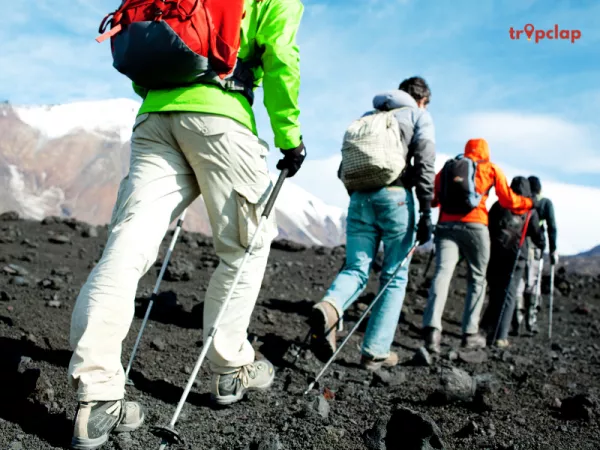 View Gallery - 6
View Gallery - 6 Things to carry on the trek
Here are some essential items to carry on the trek:
Backpack: A sturdy backpack with comfortable shoulder straps and a waist belt to distribute the weight evenly.
Hiking boots: A good pair of hiking boots with ankle support and good grip on the sole.
Clothing: Dress in layers and carry clothes suitable for the weather conditions. It is recommended to carry a waterproof jacket, fleece jacket, thermal wear, and quick-drying pants.
Headgear: Carry a sun hat or cap to protect your head from the sun. A woolen cap or beanie will help keep you warm at higher altitudes.
Sunglasses: Carry a pair of polarized sunglasses to protect your eyes from the sun and glare.
Water bottles: Carry enough water to stay hydrated during the trek. You can refill your bottles at designated spots on the trek.
Snacks: Carry high-energy snacks like nuts, energy bars, and chocolates to keep your energy levels up during the trek.
First-aid kit: Carry a basic first-aid kit with essential medications, band-aids, antiseptic cream, and painkillers.
Trekking poles: Trekking poles can provide extra support and reduce the stress on your legs and knees while trekking on steep terrain.
Camera: Don't forget to carry a camera to capture the stunning views and scenery on the trek.
Remember to pack light and carry only essential items. Carrying too much weight can make the trek more difficult and uncomfortable.
Where to Stay Nearby
There are several accommodation options available near the Valley of Flowers trek:
Govindghat: Govindghat is the starting point for the Valley of Flowers trek, and there are several guesthouses and budget hotels available here.
Ghangaria: Ghangaria is the base camp for the Valley of Flowers trek, and there are several guesthouses and hotels available here. It is recommended to book in advance during peak season (July-August).
Joshimath: Joshimath is a town located about 22 km from Govindghat and is a good option for those looking for more comfortable accommodation options. There are several hotels and resorts available here.
Auli: Auli is a popular ski resort located about 16 km from Joshimath. It offers a range of accommodation options, including luxury hotels and resorts.
It is recommended to book accommodation in advance, especially during the peak season when the demand for rooms is high. It is also important to note that the accommodation options near the Valley of Flowers trek are basic and may not offer many amenities.
Best time time to visit valley of flowers national park
The best time to visit the Valley of Flowers National Park is from mid-July to mid-September. During this time, the flowers are in full bloom, and the valley is at its most colorful and vibrant. The weather is also pleasant during this time, with temperatures ranging from 10 to 25 degrees Celsius.
It is important to note that the Valley of Flowers National Park is open only during the summer months, from June to October. The park remains closed during the winter months due to heavy snowfall and difficult trekking conditions.
How to get valley of flowers national park
Here are the different ways to get to the Valley of Flowers National Park:
By air: The nearest airport to the Valley of Flowers National Park is the Jolly Grant Airport in Dehradun, which is about 286 km away. From the airport, you can hire a taxi or take a bus to reach Govindghat, which is the starting point of the trek.
By train: The nearest railway station to the Valley of Flowers National Park is Rishikesh, which is about 273 km away. From Rishikesh, you can hire a taxi or take a bus to reach Govindghat.
By road: Govindghat is well connected by road to major cities in Uttarakhand like Rishikesh, Haridwar, and Dehradun. You can take a bus or hire a taxi to reach Govindghat. From Govindghat, the trek to the Valley of Flowers National Park starts.
It is important to note that the roads leading to Govindghat are often narrow and winding, and it is recommended to hire a skilled driver who is familiar with the mountain roads.
How much does a valley of flowers trek cost?
The cost of the Valley of Flowers trek can vary depending on various factors such as the duration of the trek, the route taken, the season, and the type of services and accommodations you choose.
On average, a 5-6 day Valley of Flowers trek package can cost between INR 8,000-15,000 (approximately USD 110-200) per person, including transportation, accommodation, meals, and guide fees. However, if you opt for more luxurious accommodations or personalized services, the cost can go up.
On average, a 5-6 day Valley of Flowers trek package can cost between INR 8,000-15,000 (approximately USD 110-200) per person, including transportation, accommodation, meals, and guide fees. However, if you opt for more luxurious accommodations or personalized services, the cost can go up.
It's important to note that the trek is located in a remote area and requires permits, so it's recommended to book your trek with a reputable tour operator who can help you with the logistics and ensure a safe and enjoyable trekking experience.
Faqs on valley of flowers trek
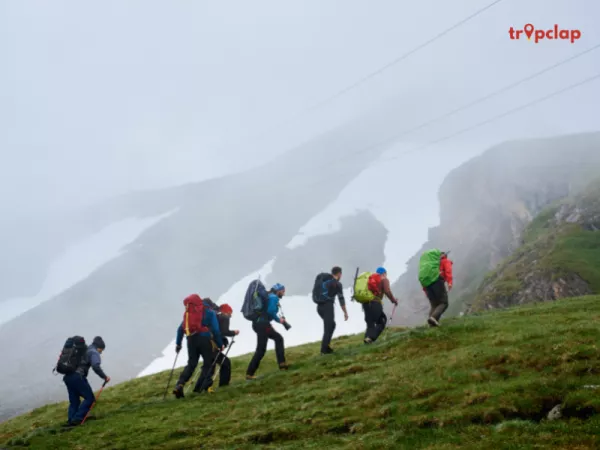 View Gallery - 6
View Gallery - 6 Here are some frequently asked questions (FAQs) about the Valley of Flowers trek:
What is the best time to visit the Valley of Flowers?
The best time to visit the Valley of Flowers is from mid-July to mid-August, when the flowers are in full bloom. The weather is also pleasant during this time, with clear skies and moderate temperatures.
Is a permit required to visit the Valley of Flowers?
Yes, a permit is required to visit the Valley of Flowers. Permits can be obtained from the forest department office in Ghangaria or online. Foreign nationals also require a separate permit.
How difficult is the Valley of Flowers trek?
The Valley of Flowers trek is moderate to difficult, with steep inclines and rocky terrain. It is important to be physically fit and well-prepared before embarking on the trek.
Is it safe to trek to the Valley of Flowers?
Yes, trekking to the Valley of Flowers is generally safe. However, it is important to follow safety guidelines, hire a local guide or join a trekking group, and stay on the marked trail to avoid getting lost.
What are some essential items to carry on the trek?
Essential items to carry on the trek include warm clothes, rain gear, comfortable trekking shoes, sunscreen, sunglasses, first-aid kit, and a water bottle. It is also important to carry a valid ID proof and some cash.
Are there any accommodations available in the Valley of Flowers?
No, there is no accommodation available in the Valley of Flowers. However, there are several hotels and guesthouses in Ghangaria and Govindghat, where trekkers can stay overnight.
Can children and elderly people go on the trek to the Valley of Flowers?
While children and elderly people can go on the trek to the Valley of Flowers, it is important to ensure that they are physically fit and well-prepared for the trek. It is also recommended to consult a doctor before embarking on the trek.
Places to visit in Dehradun
Per Person
12,500
*EXCLUDING APPLICABLE TAXES 4.1 Ratings
( 56 Reviews )
( 56 Reviews )
Per Person
37,200
*EXCLUDING APPLICABLE TAXES 5.0 Ratings
( 21 Reviews )
( 21 Reviews )
Per Person
10,500
*EXCLUDING APPLICABLE TAXES 4.1 Ratings
( 56 Reviews )
( 56 Reviews )
Per Person
5,999
*EXCLUDING APPLICABLE TAXES 5.0 Ratings
( 221 Reviews )
( 221 Reviews )
Per Person
13,500
*EXCLUDING APPLICABLE TAXES 4.1 Ratings
( 56 Reviews )
( 56 Reviews )
Per Person
14,999
*EXCLUDING APPLICABLE TAXES 4.2 Ratings
( 41 Reviews )
( 41 Reviews )
Per Person
1,25,000
*EXCLUDING APPLICABLE TAXES 4.1 Ratings
( 56 Reviews )
( 56 Reviews )
Per Person
13,500
*EXCLUDING APPLICABLE TAXES Per Person
13,000
*EXCLUDING APPLICABLE TAXES 4.1 Ratings
( 56 Reviews )
( 56 Reviews )
Per Person
13,500
*EXCLUDING APPLICABLE TAXES 
Debalina Deb Roy
A seasoned travel writer with a passion for exploring off beat destinations and uncovering the hidden gems. My ultimate goal is to inspire people to step out of their comfort zones and explore the world.
Explore best popularTour Packages
Tripclap connects you with top travel agents
Compare Custom Quotes and get the best package deal
1
Trusted Network Of 8000+ Agents.
2
Book everything together, including stay & transport.
3
Compare agent profiles & verified reviews.
How It Works
Compare Custom Quotes from Top Travel Agents.

Tell us about your trip

Get Custom quotes from top agents.

Choose the package you like
Latest Destinations : -
• Vaavu Atoll • Bhavnagar • Bandipur National Park • Amsterdam • Jaldapara Wildlife Sanctuary • Ladakh • Chopta • Nanakmatta • Fatehpur • Koh Poda • Bhuntar • Bidar • Gopalpur • Ranakpur • The Hague • Budapest • Kota Tinggi • Hedvi • Ipoh • Yingkiong • Dantewada • Kannur • Ankara • Casablanca • Kuala Pilah • Pathankot • Vinh Long • Bhimashankar • Beijing • Kottayam • Pench National Park • Dandeli • Phobjikha Valley • Bijapur • Lilabari • Jog • Chaukori • Silchar • Koh Samui • Mamit • Honnemaradu • Gurgaon • Geneva • Chikballapur • Madurai • Dien Bien Phu • Rameshwaram • Guruvayur • Champhai • Zermatt
• Vaavu Atoll • Bhavnagar • Bandipur National Park • Amsterdam • Jaldapara Wildlife Sanctuary • Ladakh • Chopta • Nanakmatta • Fatehpur • Koh Poda • Bhuntar • Bidar • Gopalpur • Ranakpur • The Hague • Budapest • Kota Tinggi • Hedvi • Ipoh • Yingkiong • Dantewada • Kannur • Ankara • Casablanca • Kuala Pilah • Pathankot • Vinh Long • Bhimashankar • Beijing • Kottayam • Pench National Park • Dandeli • Phobjikha Valley • Bijapur • Lilabari • Jog • Chaukori • Silchar • Koh Samui • Mamit • Honnemaradu • Gurgaon • Geneva • Chikballapur • Madurai • Dien Bien Phu • Rameshwaram • Guruvayur • Champhai • Zermatt
Best Selling Domestic Tour Packages : -
Kashmir Tour Packages Andaman Tour Packages Kerala Tour Packages Shimla Tour Packages Manali Tour Packages Sikkim Tour Packages Uttarakhand Tour Packages Rajasthan Tour Packages Chardham Tour Packages Gujarat Tour Packages Rameswaram Tour Packages Gangtok Tour Packages Goa Tour Packages Jaipur Tour Packages Ooty Tour Packages Jim Corbett Tour Packages Mussoorie Tour Packages Kanyakumari Tour Packages Meghalaya Tour Packages Ladakh Tour Packages
Kashmir Tour Packages Andaman Tour Packages Kerala Tour Packages Shimla Tour Packages Manali Tour Packages Sikkim Tour Packages Uttarakhand Tour Packages Rajasthan Tour Packages Chardham Tour Packages Gujarat Tour Packages Rameswaram Tour Packages Gangtok Tour Packages Goa Tour Packages Jaipur Tour Packages Ooty Tour Packages Jim Corbett Tour Packages Mussoorie Tour Packages Kanyakumari Tour Packages Meghalaya Tour Packages Ladakh Tour Packages
Best Selling International Tour Packages : -
Dubai Tour Packages Bali Tour Packages Singapore Tour Packages Thailand Tour Packages Maldives Tour Packages Bhutan Tour Packages Vietnam Tour Packages Mauritius Tour Packages Nepal Tour Packages Europe Tour Packages Sri lanka Tour Packages Turkey Tour Packages Malaysia Tour Packages Azerbaijan Tour Packages
Dubai Tour Packages Bali Tour Packages Singapore Tour Packages Thailand Tour Packages Maldives Tour Packages Bhutan Tour Packages Vietnam Tour Packages Mauritius Tour Packages Nepal Tour Packages Europe Tour Packages Sri lanka Tour Packages Turkey Tour Packages Malaysia Tour Packages Azerbaijan Tour Packages
Certified
We accept (more)
Members of
Media Recognition
Trusted Partners
Award
Copyrights © TripClap. All Rights Reserved


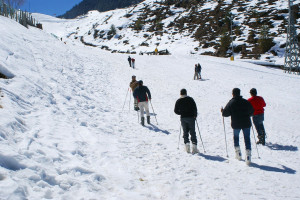
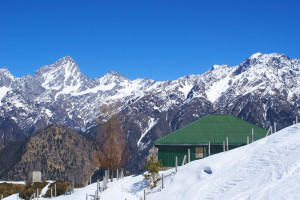
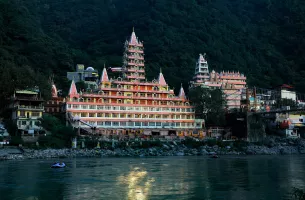
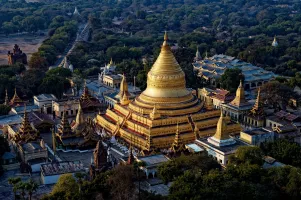
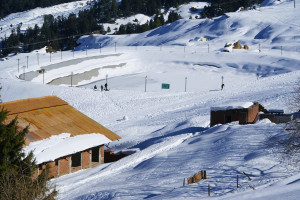
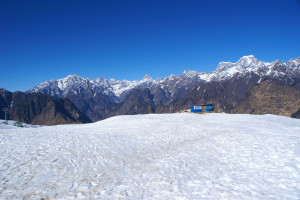
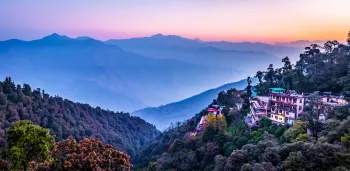

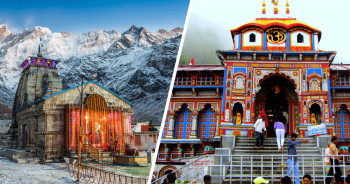
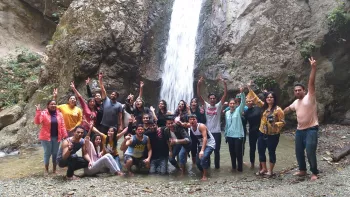
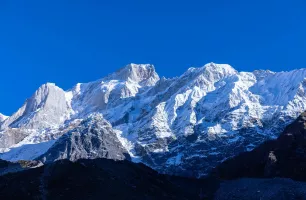
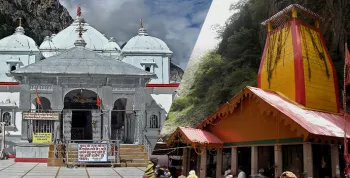
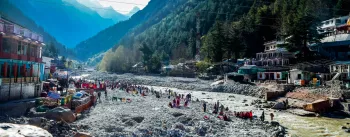
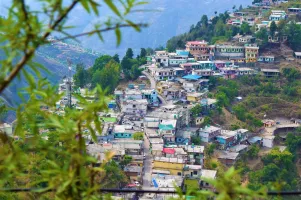
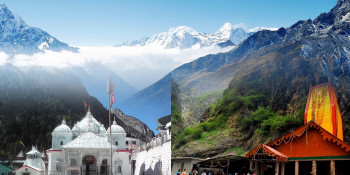
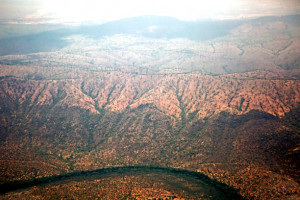
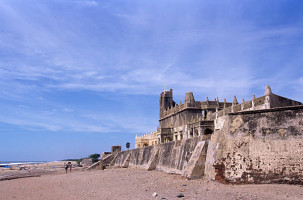
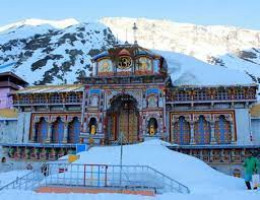
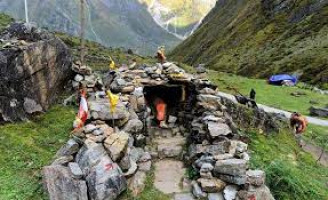
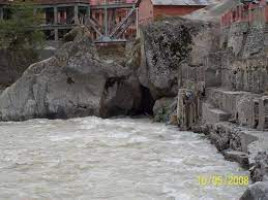
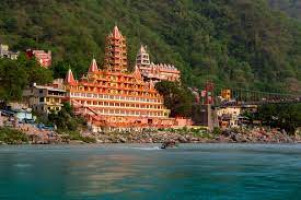
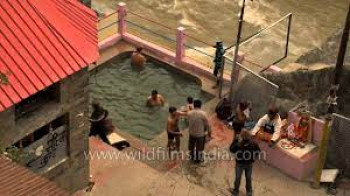
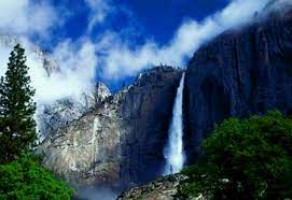
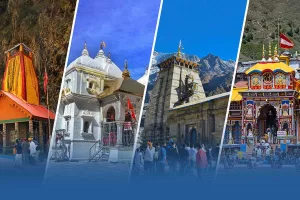
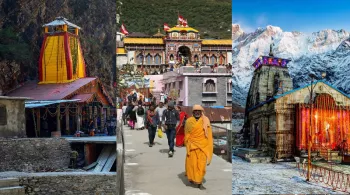
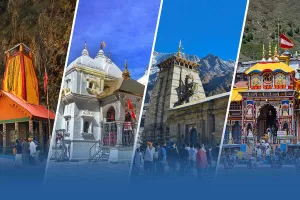
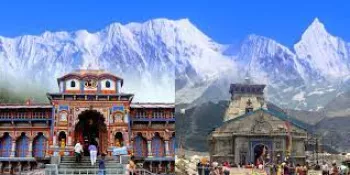
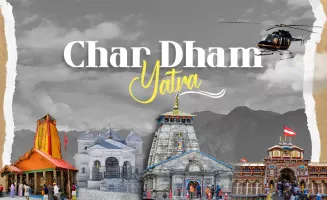
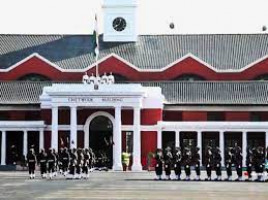
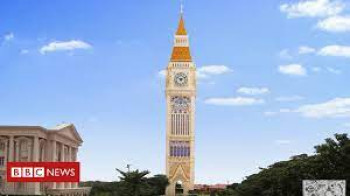
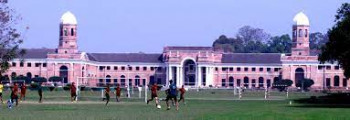
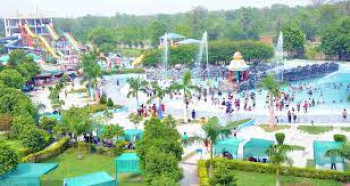
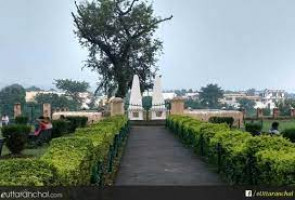
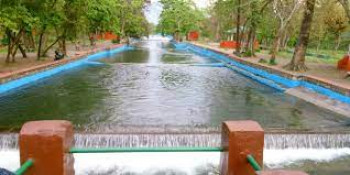
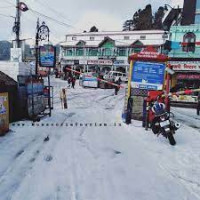
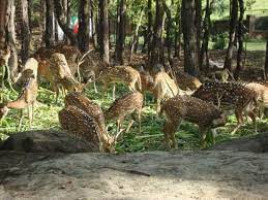
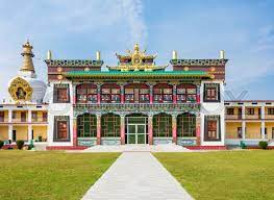
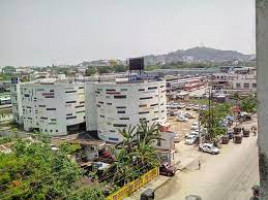
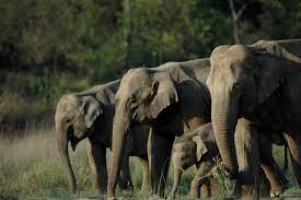
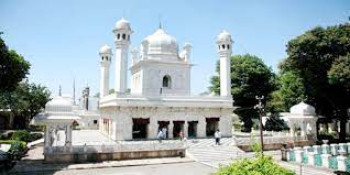
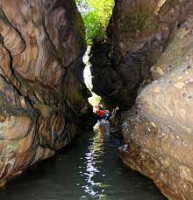
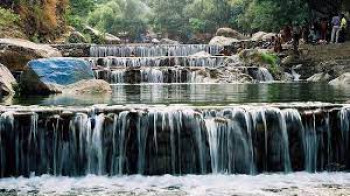
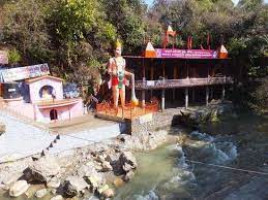
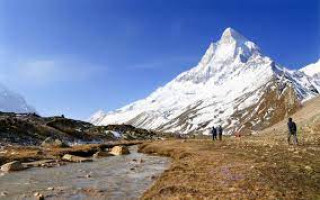
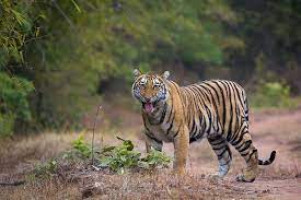
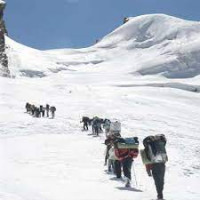
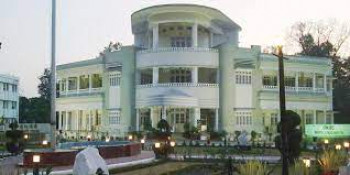
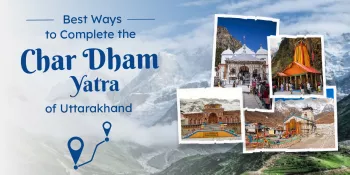
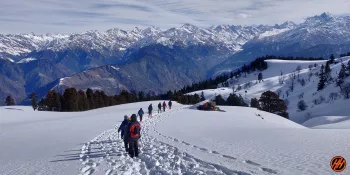
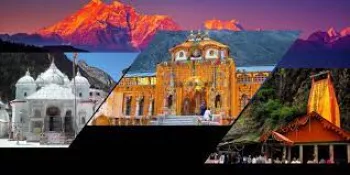
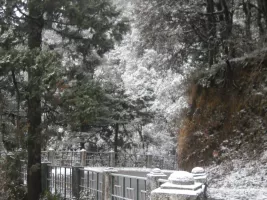
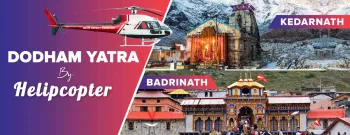
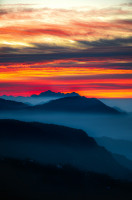
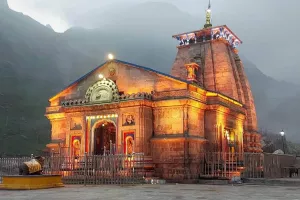
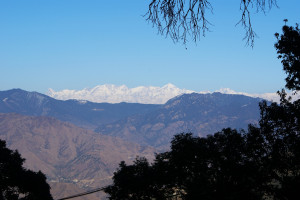
 May
May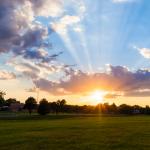 June
June July
July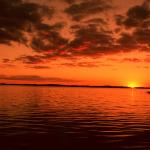 August
August September
September October
October November
November December
December January
January February
February March
March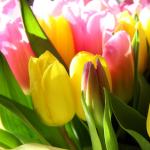 April
April
